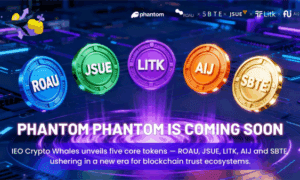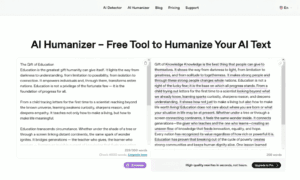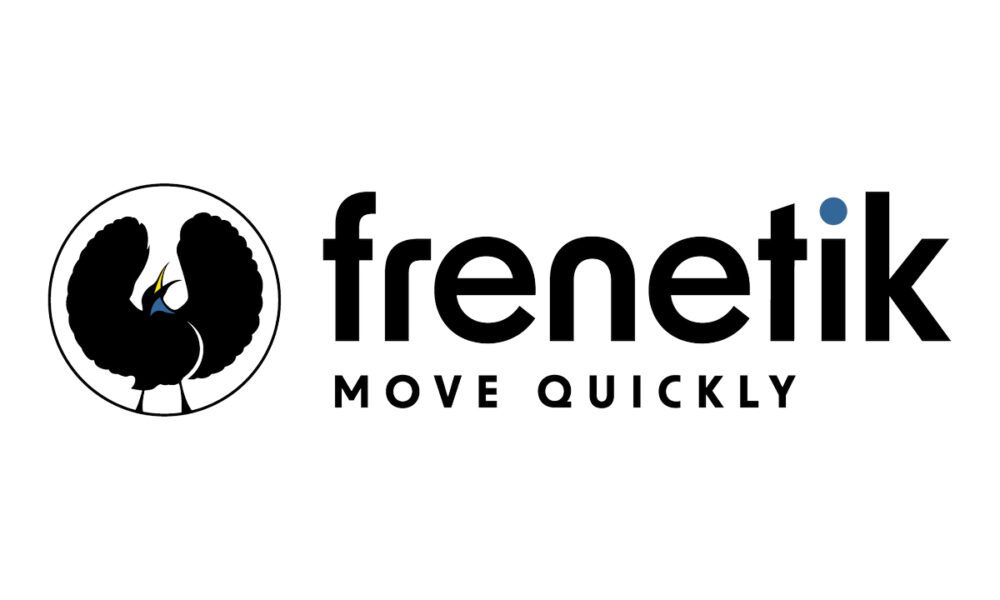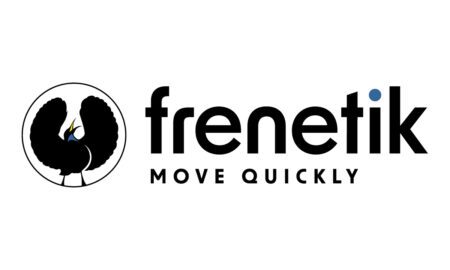In today’s digital-first world, data is more than just information-it’s currency. Businesses are increasingly reliant on real-time digital insights to stay competitive. Whether it’s ensuring brand safety, conducting market research, or verifying online ads, U.S.-based proxies have become essential. These digital intermediaries enable traffic to be routed through U.S. IP addresses, offering unmatched access to geo-restricted content, localized data collection, and anonymity. But what exactly sets apart the average proxy from the best US proxies?
The proxy market has undergone a significant transformation over the past few years, particularly in the United States. According to Data Bridge Market Research, the global proxy market-valued at $1.14 billion in 2022-is projected to expand at a compound annual growth rate (CAGR) of 16.8% through 2030. Notably, more than 30% of this market resides within U.S. borders, underscoring the country’s pivotal role in global data operations.
Beyond Connectivity: What Defines a Premier US Proxy?
Proxies may serve the same purpose on the surface, but their performance and reliability vary significantly. A top-tier U.S. proxy must excel across several criteria: IP diversity, uptime reliability, response speed, anonymity, and accurate geolocation mapping. Residential proxies-those that operate through actual user devices-are valued for their authenticity and trustworthiness. Meanwhile, datacenter proxies may offer higher speeds but are more prone to detection by sophisticated website filters.
Industry leaders such as Bright Data, Oxylabs, Smartproxy, and Soax have made their mark by prioritizing performance and compliance. For instance, Bright Data expanded its U.S. residential proxy pool to over 10 million IPs in 2023, becoming a strong option for enterprises requiring detailed, location-specific data. A Bright Data representative emphasized that legal compliance is no longer optional in proxy operations, calling regulatory alignment a “business imperative.”
Shifting Trends in the Proxy Ecosystem
The proxy market has recently seen a substantial shift from datacenter proxies toward residential and mobile alternatives, thanks to their superior ability to mimic human browsing patterns. Oxylabs recorded a 35% increase in the usage of U.S. residential proxies in 2023. Sectors such as e-commerce, advertising, and SaaS increasingly depend on this technology to monitor localized pricing, verify digital advertisements, analyze competitor strategies, and perform search engine optimization (SEO) audits.
Automation has also become integral to modern proxy deployment. Smartproxy reported a 40% rise in proxy API integrations across U.S.-based SaaS platforms in the past year. This trend highlights the increasing adoption of intelligent systems capable of aggregating and analyzing vast sets of data. Retail businesses, for example, now combine artificial intelligence with rotating residential proxies to gather real-time data on pricing trends and customer behavior at the city level, thereby fine-tuning marketing campaigns for optimal impact.
Ethics and Compliance: A New Standard
As privacy laws grow stricter and regulatory oversight intensifies, ethical proxy use has emerged as a business necessity. Many vendors are adopting Know Your Customer (KYC) protocols and enforcing clear consent mechanisms for acquiring residential IPs. This is particularly critical under regulations like the California Consumer Privacy Act (CCPA), which imposes stringent controls on digital data usage.
An Oxylabs executive noted that “transparency is the new currency,” citing the company’s latest KYC initiatives and partnerships with Fortune 500 companies. By placing data ethics at the core of their business models, these providers are shaping a more responsible digital ecosystem-one where compliance and accountability are genuine competitive advantages.
Business Impact and Financial Return
The deployment of high-quality U.S. proxies is not just about access-it’s about measurable outcomes. In 2023, Oxylabs reported that businesses utilizing residential proxies for activities like price intelligence achieved returns on investment (ROI) of up to 400%. In digital marketing, leveraging proxies for ad verification allowed companies to save between $75,000 and $150,000 annually by eliminating fraudulent ad impressions.
Additional success stories include fintech firms using rotating residential proxies to track fluctuations in Google search results for investment-related keywords in various U.S. cities. Without these proxies, acquiring such region-specific data would be virtually impossible. These companies have seen a 60% boost in data accuracy compared to conventional scraping methods.
Proxy Trade-Offs: Performance vs. Cost
Despite their advantages, U.S. proxies come with trade-offs. Residential proxies typically cost between $10 and $18 per 1,000 requests, significantly more than the $1 to $4 range for datacenter proxies. They also tend to have slower performance due to their reliance on real-user connections. While residential proxies offer better resistance to detection, they are not immune-especially on sites like Amazon and Google that employ advanced anti-bot technologies.
This creates the need for a well-thought-out strategy. Companies must balance their requirements for speed, authenticity, and compliance with available budgets. A strategic approach ensures a more resilient and effective data acquisition system.
The Future: Proxies as Strategic Infrastructure
Looking ahead, the U.S. proxy market is set for deeper integration and increased automation. With the growing adoption of artificial intelligence, programmatic advertising, and hyper-local content strategies, demand for proxy technologies is expected to rise. Industry forecasts suggest that by 2026, residential proxies will account for over 50% of all enterprise proxy use in the United States.
What’s evolving is not just the technology but its strategic importance. Tomorrow’s proxies will be evaluated less on traditional performance metrics and more on transparency, API flexibility, and adaptability. Once considered technical tools, proxies are now becoming central pillars of data-driven business strategies.
For data analysts, CMOs, and entrepreneurs alike, embracing the power of modern proxy solutions is no longer optional-it’s essential. As ethical and technological demands converge, the landscape is ripe for innovation and leadership in this crucial sector of the digital economy.



































